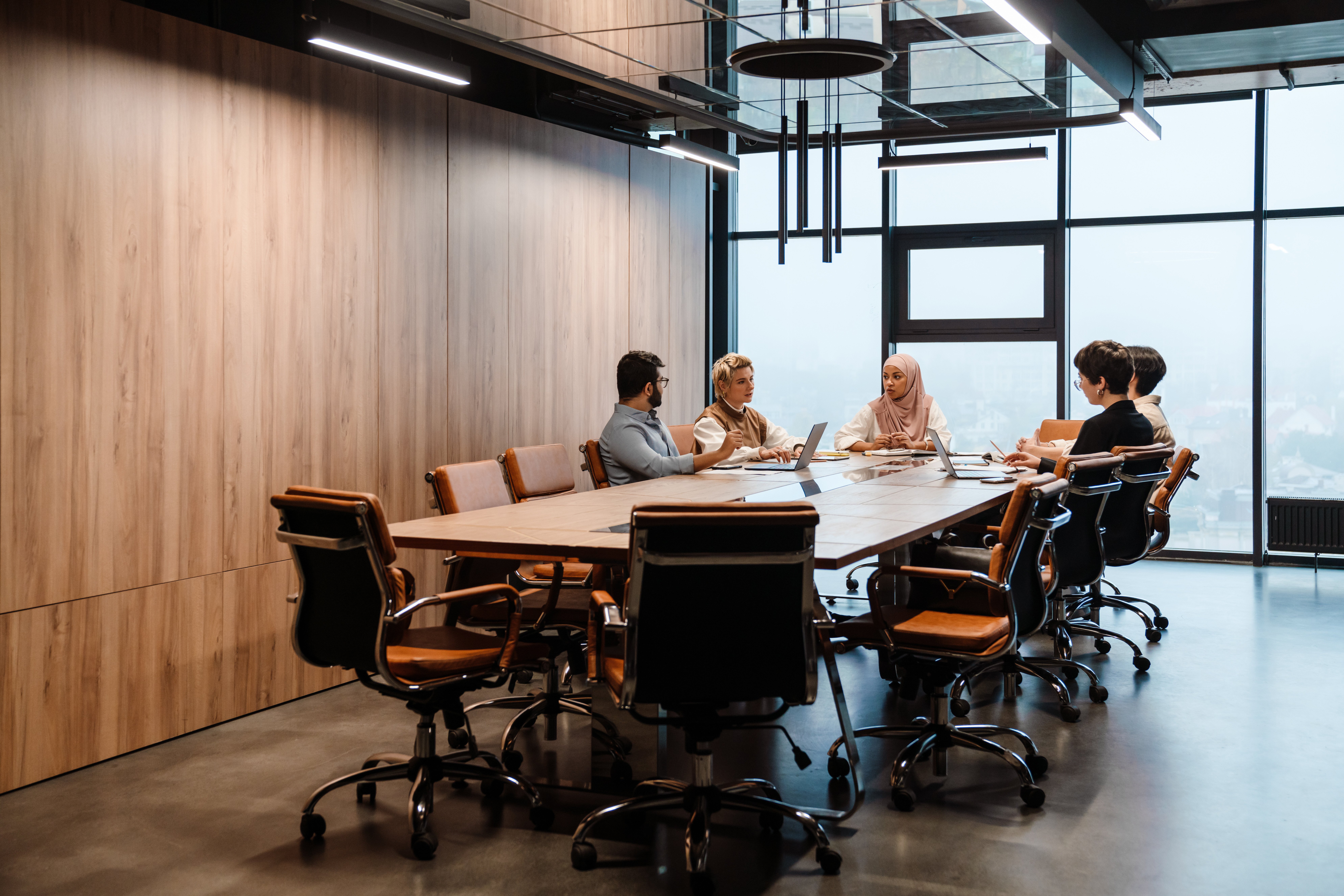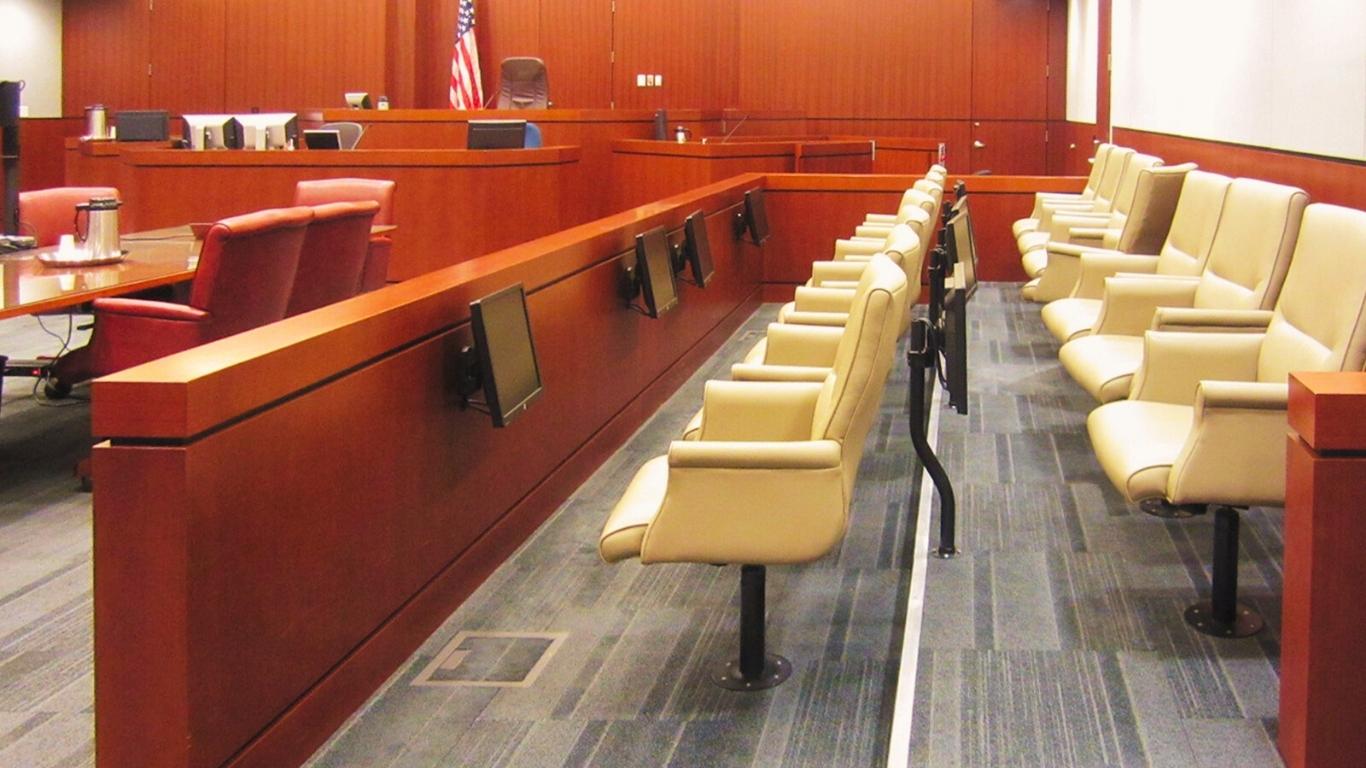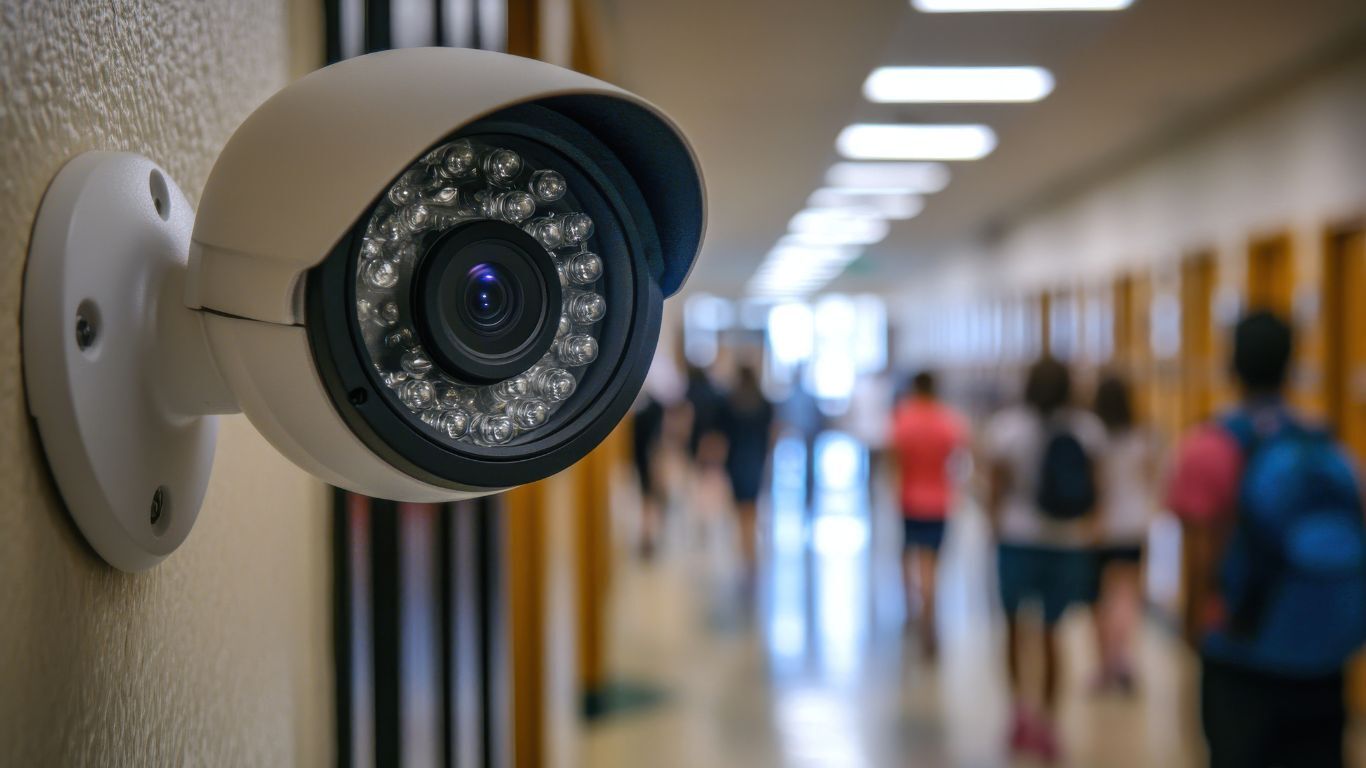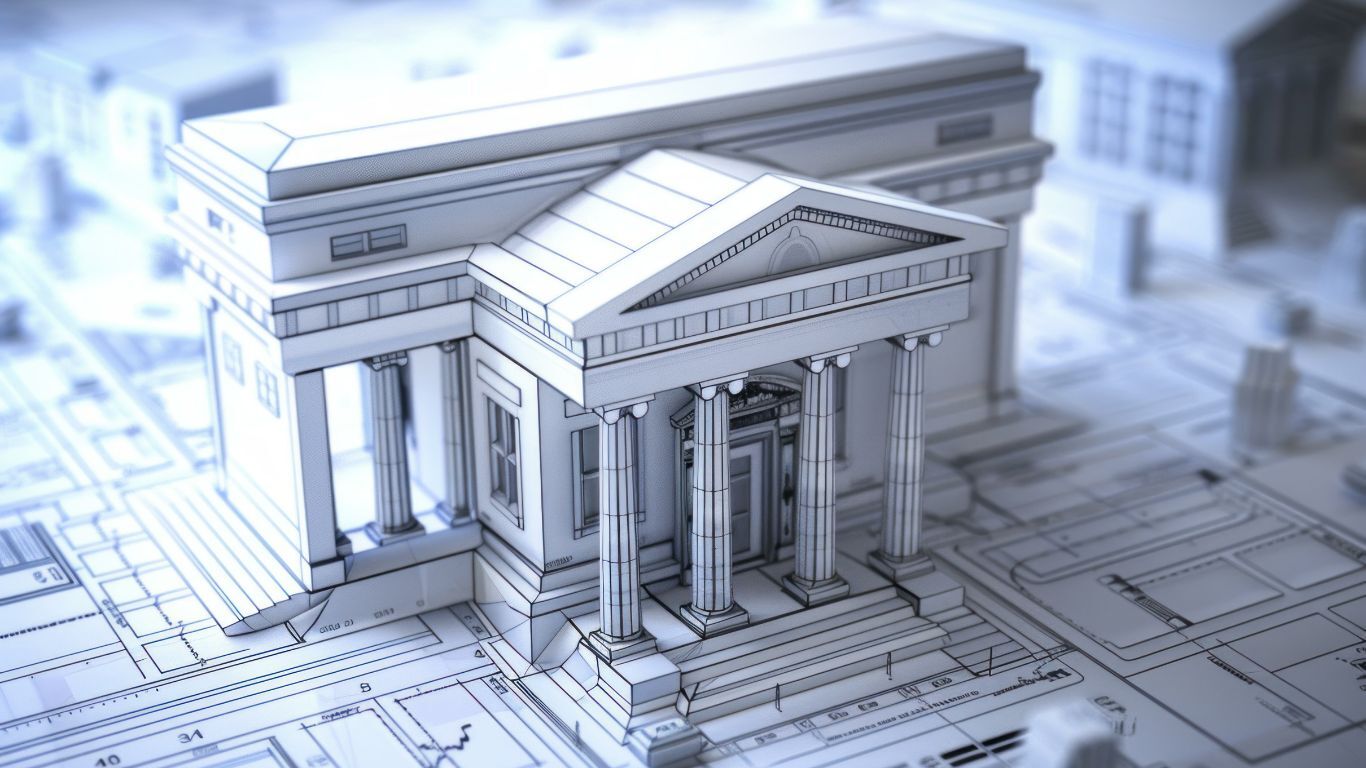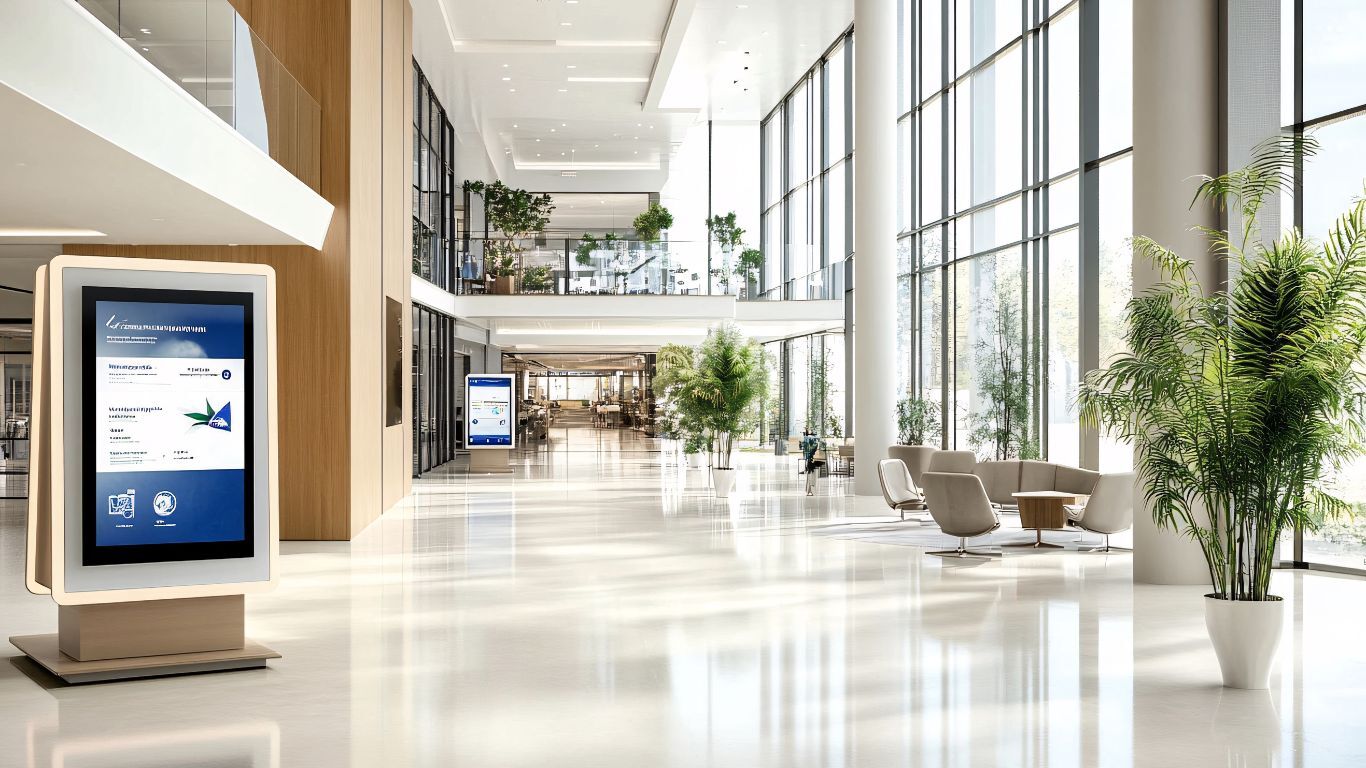As any space planner or architectural designer can tell you, a lot of detail and thought goes into developing workplace plans. With the recent trend towards open offices and mobility, careful space planning is even more essential. But behind the requirements programs, stacking plans, and furniture concepts, are there underlying needs that drive our desire for certain types of spaces?
A Long History of Psychological Theory with Many Perspectives
Psychology studies behavior and the mind, seeking to understand individual and group behavior. To set the foundation for our discussion of psychological theory, let’s begin by looking back in time—way back.
The roots of psychology as a discipline are generally considered to have begun with the philosophers of ancient Greece, China, India, and Persia. Greek philosophers, including Plato and Aristotle, addressed the workings of the mind, as did Confucius in ancient China and Siddhārtha (the Buddha) in ancient India.
In the thousands of years since then, there has been a broad range of interpretations of how conscious and unconscious experiences affect the human mind... from Leibnitz, Kant, Hegel, Pavlov, Freud, Skinner, and Jung, to name a few. Although there is an overlap between the philosophies, one thing is sure: consensus has yet to be reached.
Fast-forward to the 21st century. Little has changed. Just as ancient philosophers differed in how they explained human behavior, the same can be said of today’s philosophers. Believe it or not, this is certainly evident in the philosophies used as a basis for the design of buildings and spaces.
Two psychological perspectives—evolutionary psychology and humanistic psychology — may be especially helpful when considering the needs and preferences of employees in the workplace. Let’s look at both approaches and consider how one or both could serve as a basis for planning modern workplace environments designed to meet these needs and preferences.
The Evolutionary Perspective
The evolutionary perspective analyzes evolved behavior (Darwin, the principles of “survival of the fittest” and natural selection). It seeks to identify the human psychological traits that initially developed to ensure survival. Evolutionary psychologists consider these traits to be transmitted from generation to generation—essentially hard-wired.
Evolutionary psychology begins with the premise that basic human needs are fundamental. So much so that they go back to the dawn of homo sapiens; in his book, The Best Place to Work, Ron Freidman, Ph.D., points out that most evolutionary psychologists believe “many of our current design preferences can be traced back to our shared history on the savanna .…. as hunter-gatherers.” He further points out that these preferences are largely unconscious.
Here is the evolutionary perspective, boiled down to basic terms. Man is hard-wired to need and desire particular types of spaces due to our evolutionary past. Do you think this makes sense? Consider how we pick the same seat every week in an open-seating classroom or sit on the left side of the sofa each time we watch television. This is not arbitrary behavior. We are creatures of habit. The evolutionary perspective is that we are genetically programmed to consistently select what is familiar to us, even if that familiarity lasts 10,000 years. We naturally stake a claim to specific spaces. We have no choice.
Without identifying why or even thinking about it, we prefer safe and secure environments where we function better over those that seem dangerous and inhibit our average ability. Here are some examples:
- The desire for an office in a glass-walled high-rise building facing a scenic park may be based on our genetic preference for sitting in a safe, sheltered outdoor location overlooking an expansive savanna while searching for a herd of deer to provide our next meal.
- A preference for facing an open door rather than having our back to an open door may be based on our ancestral need to avoid the surprise of a saber-toothed tiger entering our cave.
- Today’s modern “man cave” may be a genetic hold-over representing our desire for the warmth and security of a natural stone-age cave.
- The contemporary desire for a bright, welcoming company break room may be a modern interpretation of our one-time need for the camaraderie of the clan sitting around a campfire.
However, only some employees have private glass-walled offices in high-rise buildings with picturesque vistas. Instead, the reality is that many employees work in open office floor plans with shared workstations in collaborative settings. Is this environment physically and mentally stressful for employees because of a primal fear of what may be lurking behind their touchdown desk? This unconscious concern could be one of the reasons for dissatisfaction with open office environments. Complicating this is that employees are likely unable to articulate this concern (and who would explain their discomfort with having one’s back to an open room by citing fear of a stalking saber-toothed tiger?).
Using Evolutionary Psychology
Using evolutionary psychology as the basis for design, today’s office environments could be more responsive to employees' genetic needs and preferences by providing personal spaces that allow them to focus on work without feeling threatened by their surroundings. A design could also include collaborative spaces that replicate the camaraderie of the clan. Consistency within the open office would also be beneficial based on our creature-of-habit tendencies. This might consist of a reservation process for spaces intended to be shared. It could also include organizing the office into focused, collaborative, and informal work zones.
A widely accepted belief today is that Darwin’s theory of biological evolution is the basis for many of our modern physical traits. It seems logical to extend this theory of evolution to contemporary mental and behavioral traits in humans and the reason for our preferences in many areas, including our workspaces.
Evolutionary psychology is about our need for survival, and what could be more important? But could there be more? Next, we look at another viewpoint – the humanist perspective.
The Humanist Perspective
While evolutionary psychologists believe that we have a hard-wired response to our environment, humanists believe in individual free will and that we are motivated by pursuing our potential, which amounts to more than survival.
Toby Israel, Ph.D., humanist and founder of Design Psychology, defines her craft as “the practice of architecture, planning, and interior design in which psychology is the principal design tool.” Her theories are summarized in her book Some Place Like Home: Using Design Psychology to Create Ideal Places. As the book states, “All of us suffer from early childhood amnesia—we lose conscious memory of our most intimate connection with childhood experience of places.”
The book leads readers through a toolbox of exercises intended to uncover our associations with past places and envision future places ideal for each person. Drawing upon a core of barely remembered spaces, colors, textures, furniture, and objects helps translate these elements into a perfect design for personal spaces, which can also be extended to the workplace. Is an approach that relies, in part, on an individual’s memories just below the level of consciousness a valid approach?
Consider Abraham Maslow’s hierarchy of needs. This well-known 20th-century psychologist’s premise was that individuals are motivated to fulfill certain needs and do not move on to the next level of need fulfillment until earlier levels are reached. The hierarchy is composed of five increasingly more refined levels of consciousness.
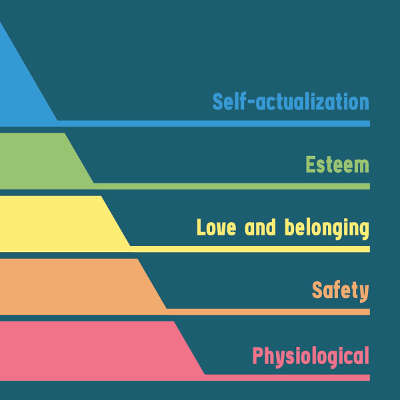
Maslow’s Hierarchy of Needs
How would this apply to modern office designs? Let’s say you are considering different designs for a new open office for your organization. If you are in a contemporary office building, all designs will likely meet physiological needs – they will all provide shelter from the elements, water, access to food, etc. The designs would likely also meet safety needs, including a sound structure, security, and a sense of order.
Love and belonging can be seen as social needs. Do the workplace designs provide a mix of space types to accommodate different modes of collaboration? Do the designs meet the needs of both privacy and interaction with others? Do the designs provide the opportunity to socialize with fellow employees? These are a few questions to consider when planning spaces that meet social needs. Having the right mix of spaces will help provide employees with a balance of privacy and interaction and fulfill what Maslow describes as the need for love and belonging in the workplace environment.
Some psychologists have interpreted the self-esteem level as aesthetically oriented. Studies have shown that when people work in aesthetically pleasing environments, they feel better about themselves because the environment is internalized as a reflection of who they are. When they see beauty and order, they feel more positive about themselves and thus more motivated to work. Questions that shed light on aesthetics include: Is the design visually pleasing? Is there art or other appealing décor? Is it an attractive and inspiring place to work? Many architects and interior designers strive to design attractive spaces where people feel good about coming to work because their workplace is functional and aesthetically pleasing.
Finally, the top of the pyramid is self-actualization. From a space perspective, we desire a design that fulfills our needs in the workplace and encourages us to grow. This could be described as a space that connects us to the organization's mission, the work processes, and our coworkers. While this sounds pretty simple, it’s a tall order. We rarely walk into an office and experience a feeling of nirvana or a “you complete me” moment (Jerry Maguire, anyone?) or hear the hallelujah chorus singing in our ears. But why not? Shouldn’t we all aspire to design or work in a space that fulfills our professional needs, helps us feel connected, and inspires us to spend half or more of our waking hours producing at a high level?
Sadly, most spaces stall along the way to the top of the pyramid. The humanist approach to space planning will help us reach the apex of Maslow’s hierarchy of needs.
Which Approach is Best?
We have examined two very different psychological perspectives that can guide the design and planning of workplace environments. Which approach can help inform open office design?
The answer is – both. Both approaches to office planning and design can effectively emphasize employee needs and preferences. However, when these approaches are combined, they may produce the best result... the most “self-actualized” design!
Consider that evolutionary needs represent the foundation levels of physiological and safety needs in Maslow’s hierarchy. You cannot have a fulfilling workplace without first providing shelter and security, which is the essence of the evolutionary perspective. But once these needs are met, why stop there? That’s where the humanist approach can step in and add the elements that complete a successful design – the Belonging, Esteem, and Self-Actualization levels described by Maslow.
As we began to write this blog, we set out to describe two very different approaches and identify one more applicable to workplace design. But in the end, the best approach combines both the evolutionary and humanist perspectives. We're no Sigmund Freud or Carl Jung, but we think we're on to something.






